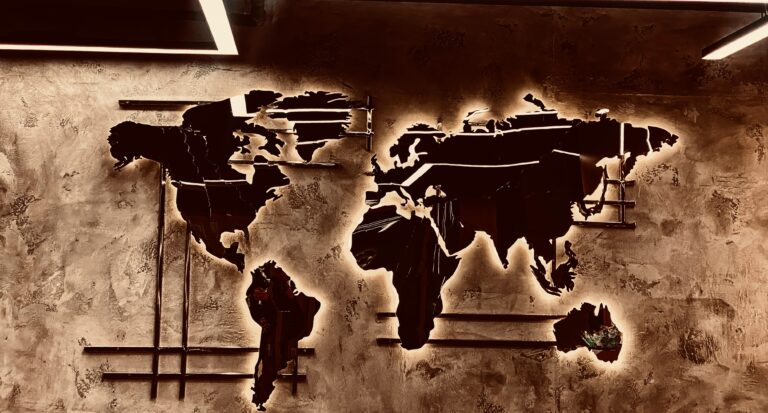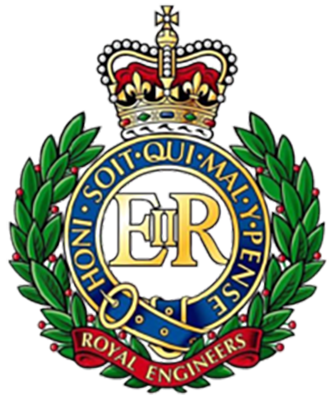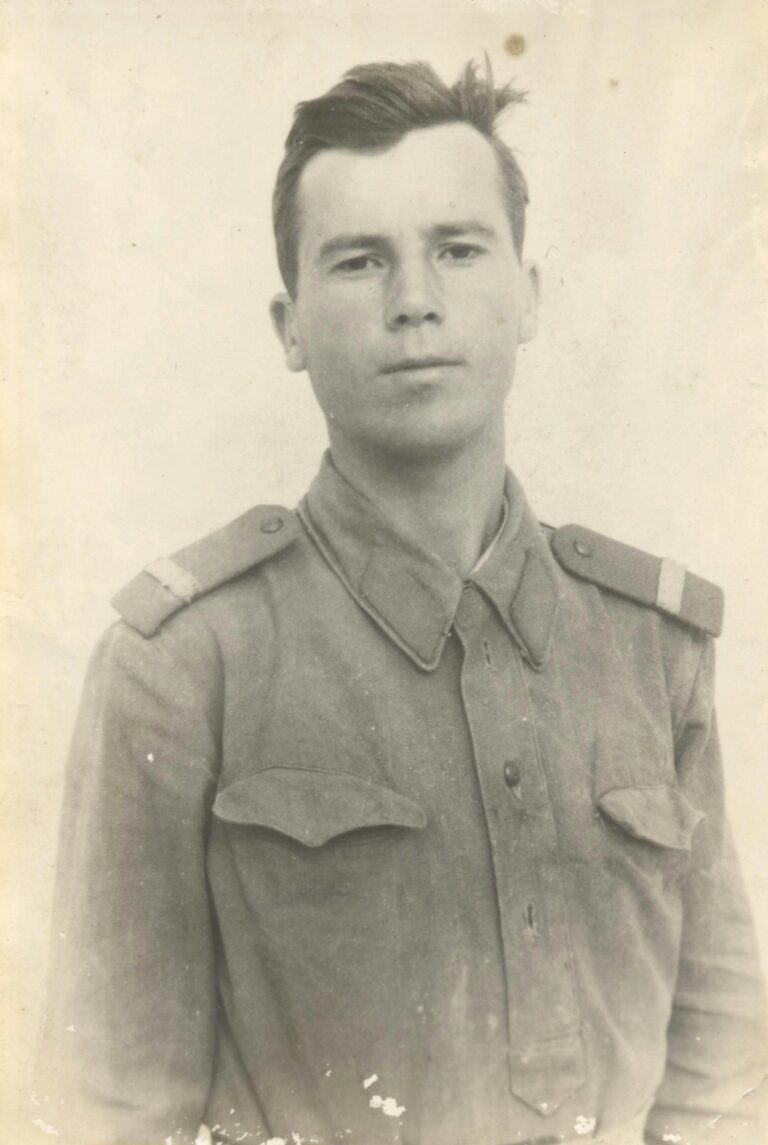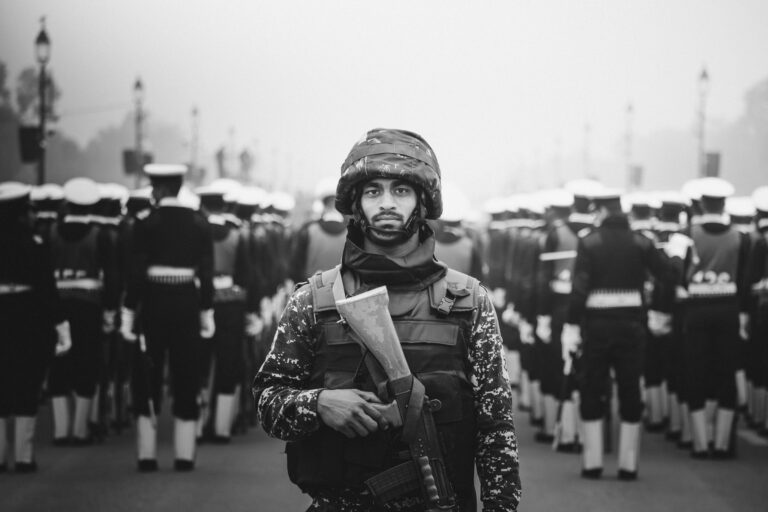UK Armed Forces Photographers
Introduction
When we think of military careers, we often picture soldiers in combat, pilots in the sky, or submariners deep below the ocean. But behind many of the iconic images that define British military history — from Royal Marines storming a beach to a medevac helicopter silhouetted against a desert sunset — stands a UK Armed Forces Photographer.
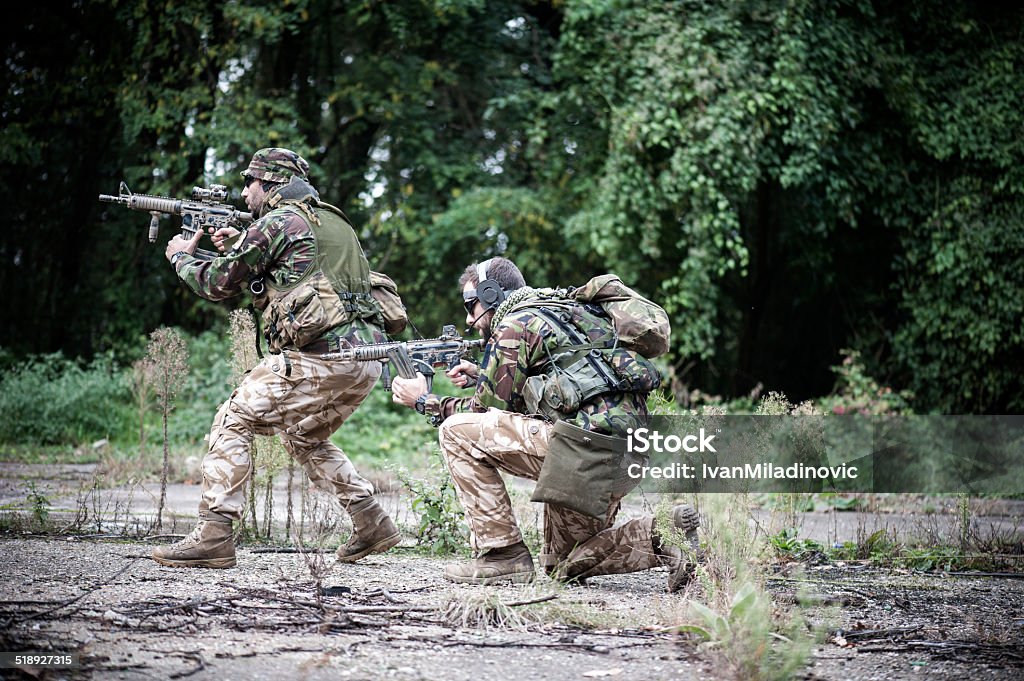
These trained specialists document, interpret, and communicate the story of the British military at home and abroad. From the battlefield to humanitarian missions, they are responsible for capturing the images and footage that inform the public, support intelligence, and archive history.
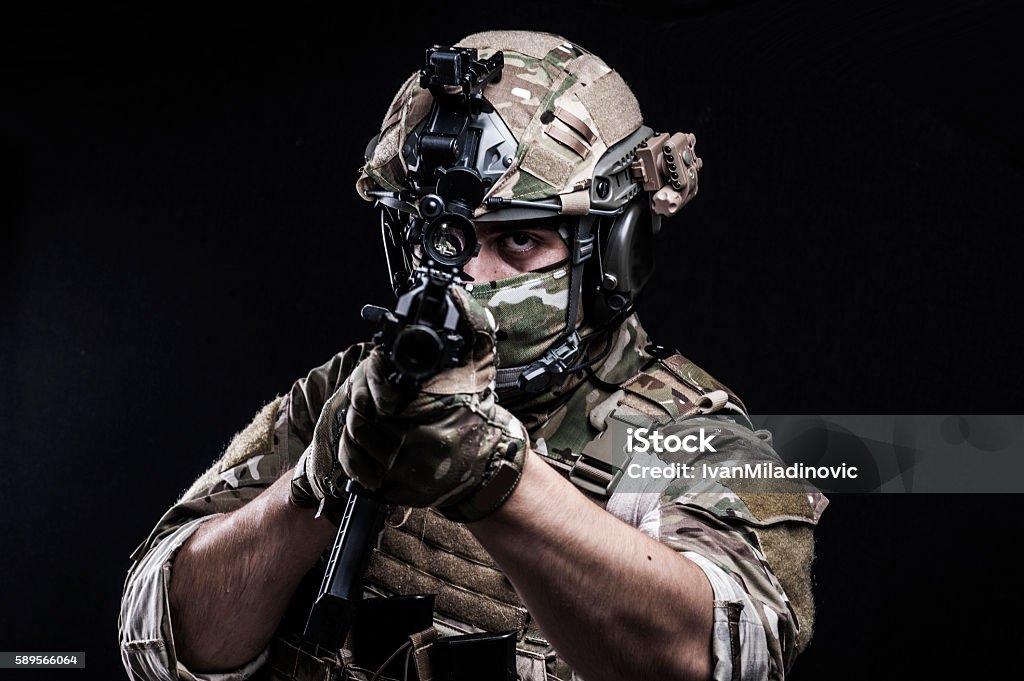
What Does a Military Photographer Do?
A Military Photographer in the UK Armed Forces performs a range of duties that blend photojournalism, intelligence gathering, public relations, and combat support. Their core responsibilities include:
| Area | Description |
|---|---|
| Combat Photography | Capturing operations in real time, often under fire |
| Media Support | Providing images and footage to the MOD, media outlets, and press teams |
| Ceremonial Coverage | Photographing royal events, parades, state functions |
| Training Documentation | Recording exercises, drills, and specialist training |
| Intelligence Imagery | Supporting reconnaissance and intelligence gathering |
| Public Relations | Helping build the public image of the Armed Forces |
| Humanitarian Missions | Documenting military disaster relief and peacekeeping work |
Their work appears in news outlets, MOD briefings, official archives, and even international exhibitions.
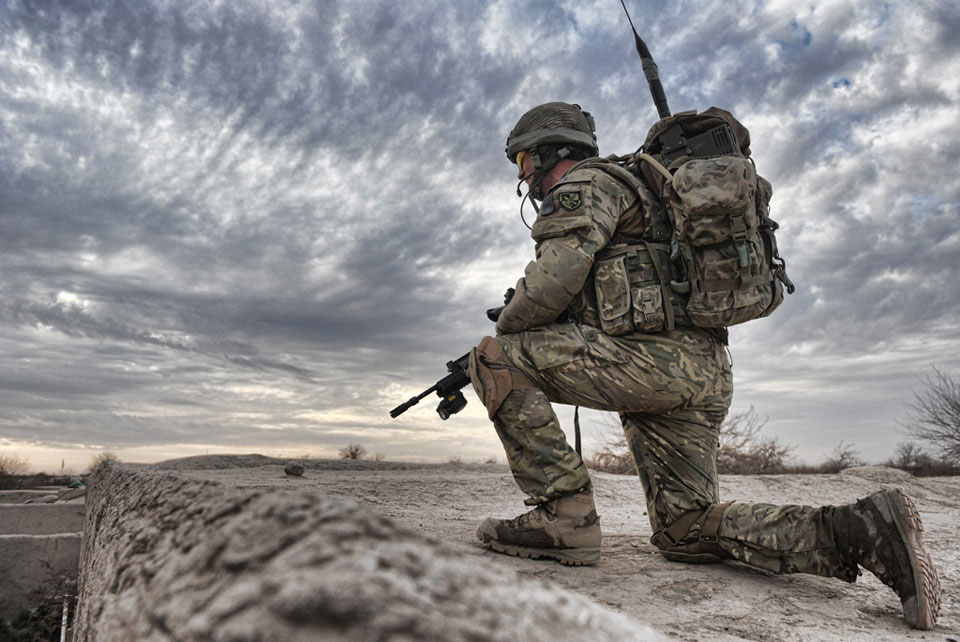
Branches and Units
Military photographers serve across all three services:
- Royal Air Force: Imagery Analysts and Photographers (RAF Media Operations Wing)
- British Army: Royal Logistic Corps (RLC) Photographer Trade
- Royal Navy: Royal Navy Photographic Branch (Fleet Imagery Unit)
Many are also embedded with the Defence Media Operations Centre (DMOC) or serve on specialist Combat Camera Teams (CCTs).
Real-World Deployments
UK Armed Forces photographers have documented:
- War zones: Afghanistan, Iraq, Syria, Libya
- Peacekeeping: Bosnia, Cyprus, Mali
- Humanitarian Aid: Pakistan floods, Haiti earthquake, COVID-19 responses
- Disaster Relief: Nepal earthquake, Hurricane Irma in the Caribbean
- Royal events: Trooping the Colour, Remembrance Day, state funerals
- Training exercises: Arctic survival, jungle warfare, NATO drills
Often the only lens between the public and the front line, they bring transparency and accountability to military action.
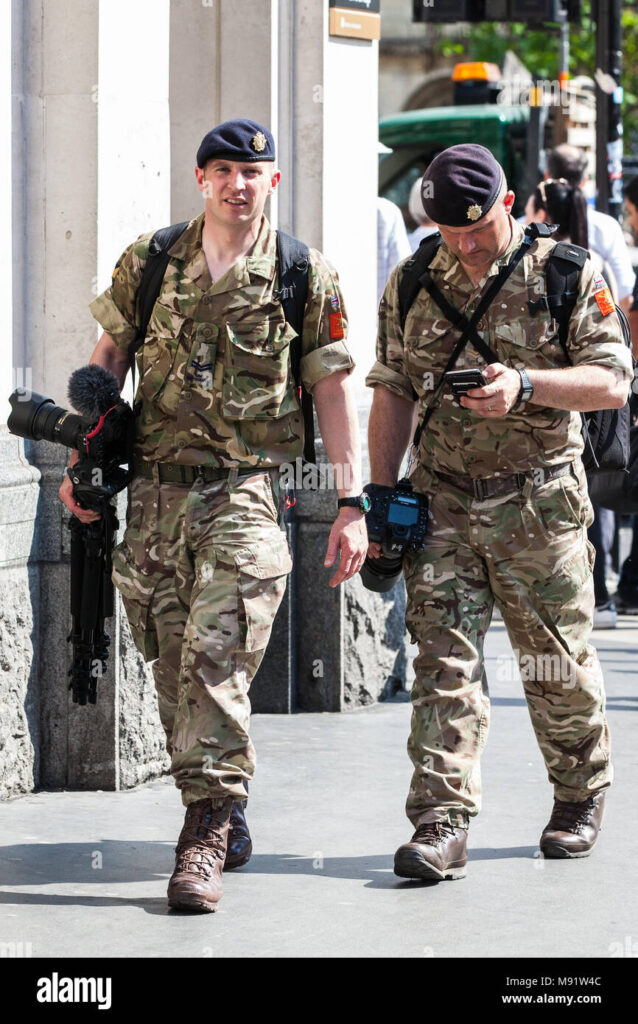
Skills and Traits Required
Military photographers must combine technical skills with physical resilience and creative vision. Key attributes include:
- Professional photography knowledge (composition, lighting, editing)
- Videography and sound recording (increasingly important)
- Familiarity with digital editing tools (Adobe Premiere, Lightroom, Photoshop)
- Journalistic integrity and an eye for storytelling
- Physical fitness to operate in extreme environments
- Calmness under fire and quick decision-making
- Understanding of operational security (OPSEC)
They must balance creative freedom with military precision.
Equipment Used
Photographers in the UK Armed Forces use a wide range of kit:
- DSLRs and mirrorless cameras (Canon, Nikon, Sony)
- GoPro and body-worn cameras
- Professional lenses (wide-angle, zoom, prime, macro)
- Drones for aerial photography
- 4K video recorders and audio rigs
- Tripods, gimbals, lighting kits
- Secure editing laptops and software suites
Most carry this gear into active warzones, with backup power, protective cases, and cleaning kits.
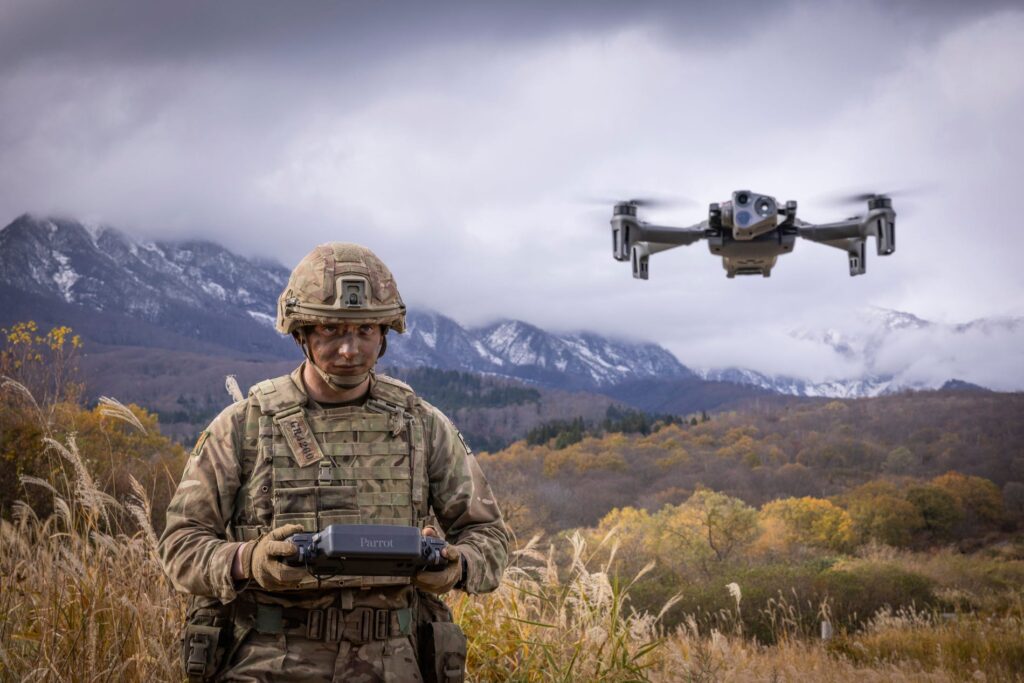
A Day in the Life: Deployed Photographer
A deployed military photographer may:
- Brief with unit commanders about the day’s mission
- Prepare equipment, ensuring it’s dustproof, waterproof, and battle-ready
- Join infantry, medics, or engineers on live operations
- Capture images under fire or in rapidly changing conditions
- Edit and upload imagery via secure comms for MOD/media use
- Record personal stories of soldiers, civilians, and key events
- Follow operational security guidelines to avoid compromising missions
- Sleep rough, travel in helicopters, and adapt constantly to danger
Their job is as physically and mentally demanding as any front-line role.
Entry Routes and Training
Eligibility
- Age: 17.5 to 36
- British citizen or dual-national (depending on clearance required)
- GCSEs (including English and Maths)
- Previous experience or strong portfolio helpful, but not mandatory
- Must pass basic military fitness and entry tests
Training Pathway
- Basic Military Training
- Royal Navy: HMS Raleigh
- Army: Pirbright
- RAF: RAF Halton
- Phase 2 Trade Training
- Conducted at the Defence School of Photography (DSOP) at RAF Cosford
- Duration: ~6 months
- Includes:
- Digital photography and video
- Editing and post-production
- Combat photography
- Photojournalism ethics and law
- Storyboarding and media planning
- Drone photography (optional modules)
- OPSEC and information management
- On-the-job Training
- Initial posting with a unit
- Supervised deployment and publication of work

Career Progression
| Rank | Role |
|---|---|
| Trainee Photographer | Learning the trade under supervision |
| Operational Photographer | Deployed with unit or media wing |
| Senior Photographer | Leads small teams, plans coverage |
| Media Ops NCO | Oversees PR strategies and training |
| Officer | Commands imagery teams, liaises with media |
| Civil Service Transfer | MOD or NATO media/imagery positions |
Further progression includes:
- Combat Camera Team (CCT) leader
- Aerial imagery specialist
- Instructor at DSOP
- Transition to MOD Defence Communications or BBC/Military Channel
Pay and Perks
| Stage | Salary Estimate |
|---|---|
| Trainee | £18,000–£22,000 |
| Qualified Photographer | £25,000–£33,000 |
| Senior NCO | £35,000–£45,000 |
| Officer/Media Lead | £45,000–£65,000+ |
Bonuses and Benefits:
- Deployment allowances
- MOD-funded equipment and training
- Opportunity to travel worldwide
- Fast-track to PR/media careers post-service
- Showcased work in national and international media
- Networking with top photojournalists and agencies
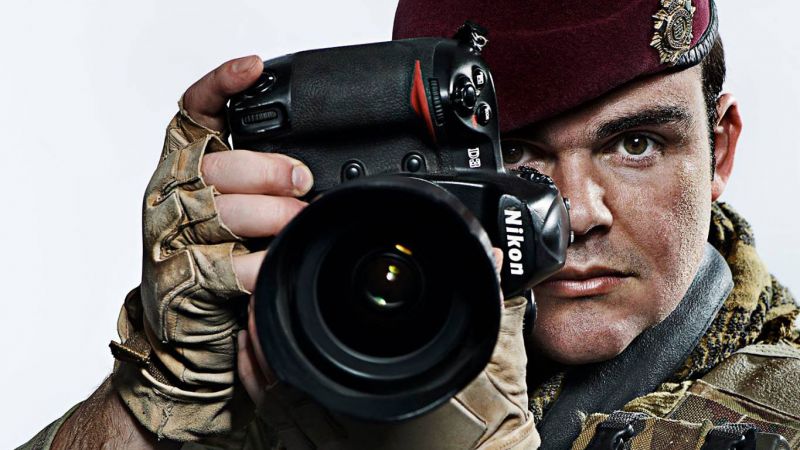
Civilian Career Opportunities
Ex-military photographers often find success in:
- News agencies (BBC, Reuters, Getty)
- TV and documentary production
- Humanitarian media teams (UN, Red Cross, NGOs)
- Defence and aerospace marketing
- Freelance photography or filmmaking
- Government communications or press offices
- Crisis reporting and conflict journalism
Some go on to win major photojournalism awards or publish books.
Unique Challenges
✅ Pros:
- Creative and dynamic career
- Real-world impact and historical contribution
- Excellent travel and deployment opportunities
- Work that is meaningful and visible
- Learn highly marketable media skills
⚠️ Challenges:
- Exposure to trauma, warzones, and disaster
- Risk of injury or capture in combat areas
- Strict censorship and OPSEC rules
- Physically exhausting conditions
Conclusion
A UK Armed Forces Photographer is far more than someone behind a camera. They are the visual historians of modern conflict, the communicators of truth, and the eyes of the public into the life of the military. In their hands lies the power to shape public opinion, document history, and even provide critical information for tactical decisions.
For those with a passion for storytelling, a camera, and a cause — this is a career where your lens could change the world.
